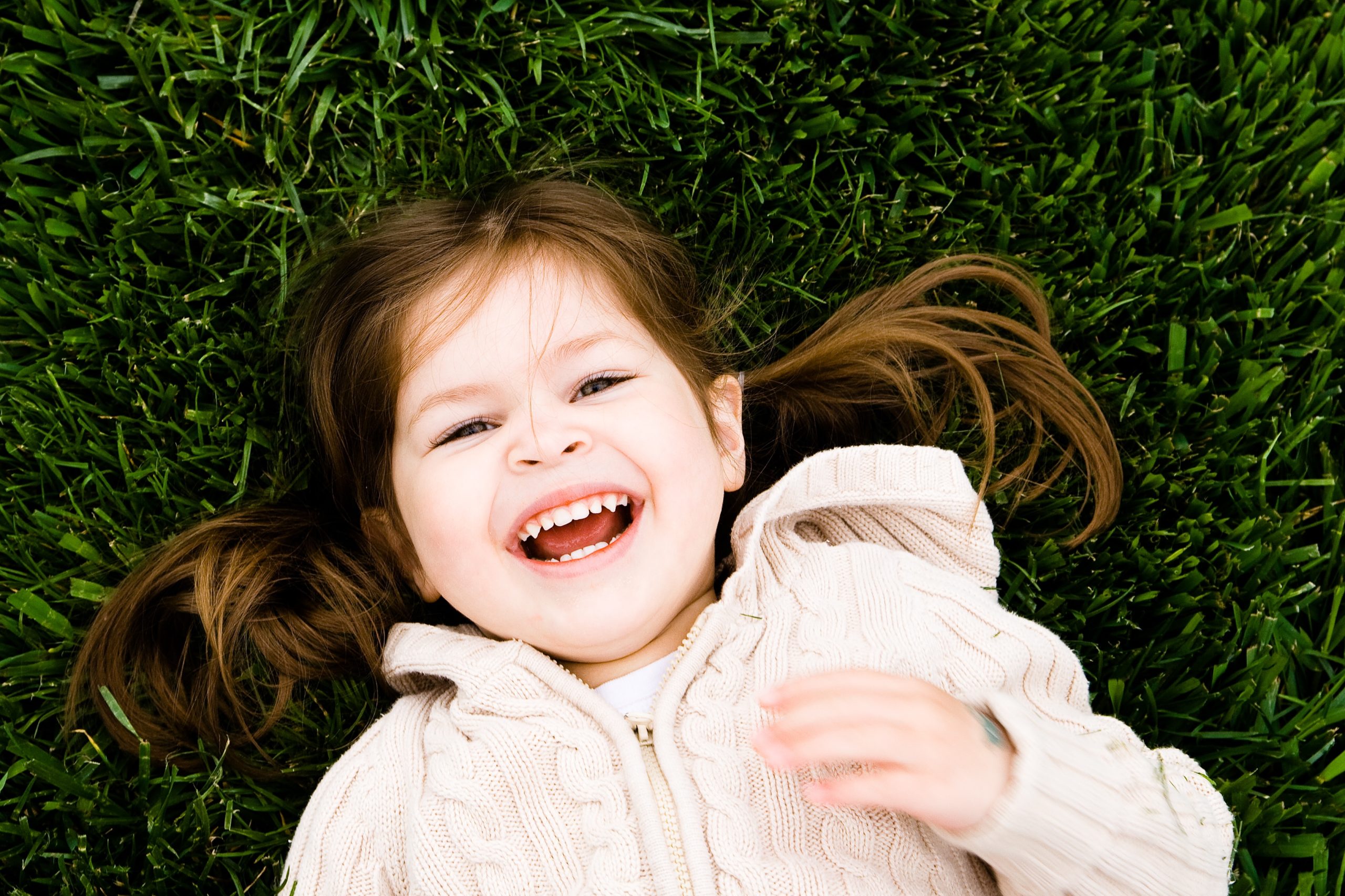Often, in early childhood education settings, there is a distinction drawn between inside play and outside play. The expectations are different, toys are different, and the supervision is different. Outside play is for “burning off some energy,” while inside play is for learning. Outside toys are balls and climbing equipment. Inside toys are paint and blocks. During outside play, teachers step back and let the kids “just play.” During inside play, teachers engage with children to direct the play toward learning. And, I just don’t get it. Adults create these distinctions, and they are artificial and, well, dumb. For kids, play is play, no matter what the setting. If we, as teachers (and parents, too), take our cue from them, we will find our days to be so much more fun.
First, outside play accomplishes much more than running the ya-yas out. If you watch carefully, you will see so much important learning happening outside. Yes, it won’t be as obvious as a child who successfully counts unifix cubes with one to one correspondence. But, the learning is deeper and much more meaningful than that check-it-off-the-list skill. You will see children learning to navigate their physical surroundings, building strength and confidence. Make sure you have enough risk in your outdoor space for kids to have something to conquer. You will see motor planning as children figure out how to set up the outdoor space for their own play. You will also see wild flights of imagination as dramatic play grows bigger in a bigger space, requiring constant negotiation and compromise. You will see kids build social skills as they work together on a big project. You will see emotional resiliency when a knees gets scuffed and a child learns to move on. You will also see those coveted academic skills, especially if you have a space filled with junk for kids to use in a flexible, play-driven way. They will work hard on the ever-lauded STEM skills if they have the chance to build, dig, pour, and discover with water, sand, pots, shovels, PVC pipe, wood – the possibilities are really endless. (OK, maybe not the T for Technology, but that is a topic for another blog post.) You will hear language development in the dramatic play and negotiations. And, for children who are ready and interested, you will see exploration of writing numbers and letters in the sand with a stick or in the mulch with a shovel.
And, who decided that there are inside toys and outside toys? The idea that some stuff belongs inside is nonsense. Anything you can do inside your classroom, you can do outside too – and it can be bigger, messier, and way more fun. Painting at an easel inside is fun. Throwing paint soaked bath scrubbers at poster board on a fence is way more fun. Building with blocks on the carpet is fun. Building with dozens of cardboard boxes outside is way more fun. Playing in the housekeeping corner is fun. Having a tea party with mud pies outside is way more fun. Rice in the sensory table is fun. Jello, tapioca and shaving cream in the sensory table outside is way more fun. You get the idea. So, I encourage you to drag your ideas of inside play outside and see where it takes you. Dress for the weather and dress for a mess and let that play grow as big as all outdoors.
Finally, the trip to the playground should not be a time for you to stop teaching, as long as your teaching is play-based and child-centered. Engage with your children as they play and build and paint and squish. Throw some paint, build a ramp, discuss a design, decorate a mud pie. Playing alongside children in a purposeful and mindful way is what real early childhood education looks like. It is how children learn to move through this big, confusing world – by following the example of trusted adults.
Adults seem to need to classify activities: play versus work, messy versus clean, active versus passive. Preschoolers do not see any of these classifications. They only see fun and not fun. We would all be better served by taking this same perspective, especially in preschool.
Photo by Jose Ibarra on Unsplash
